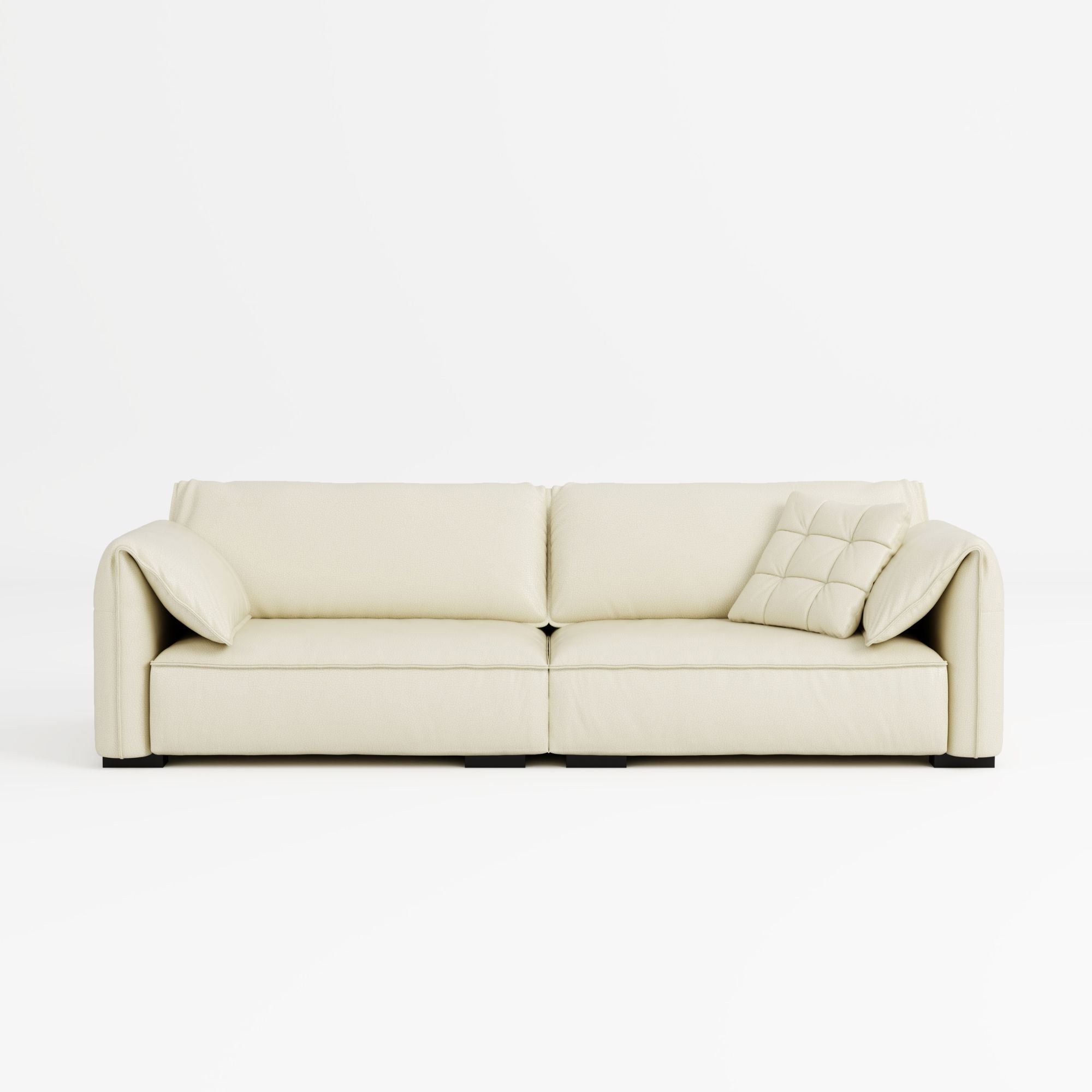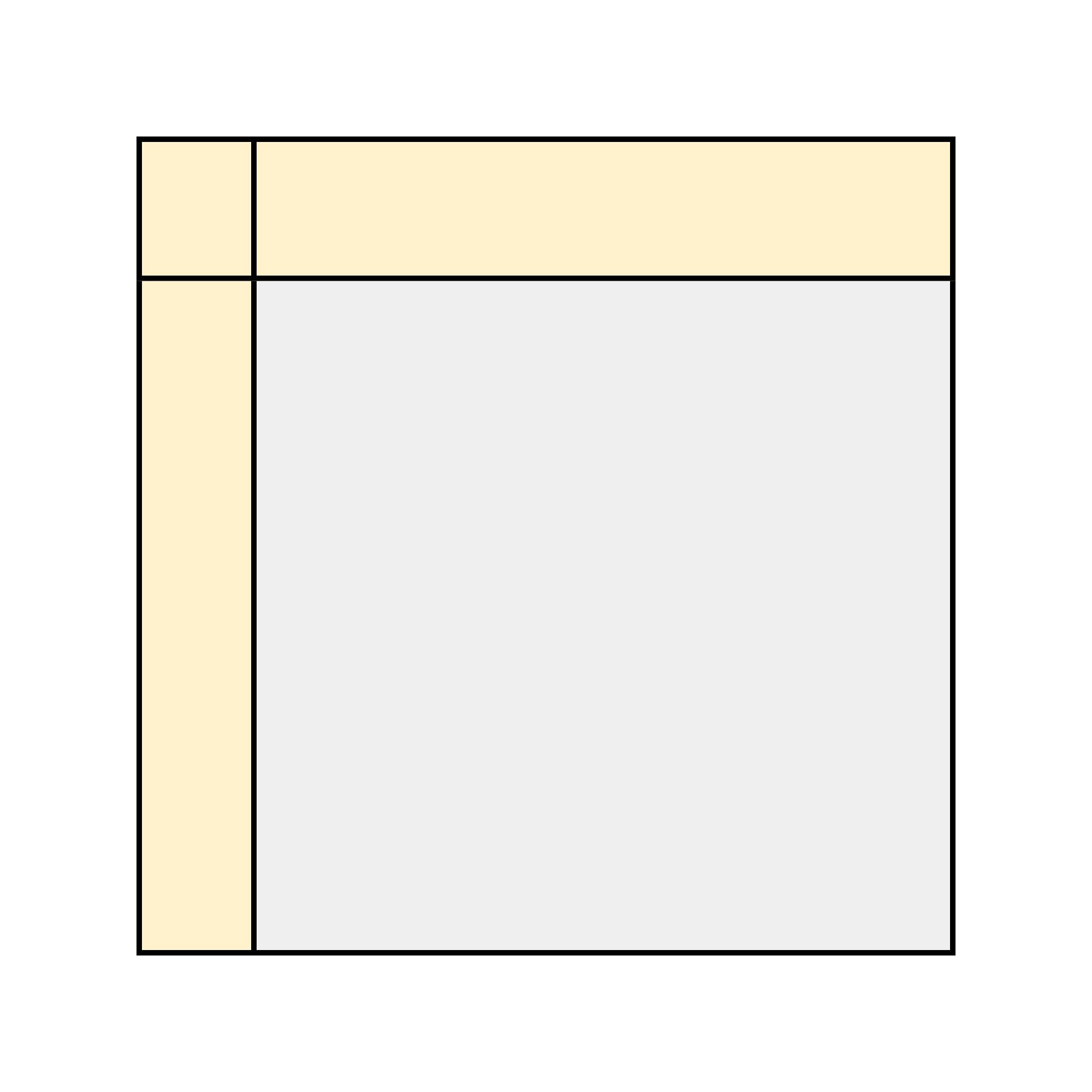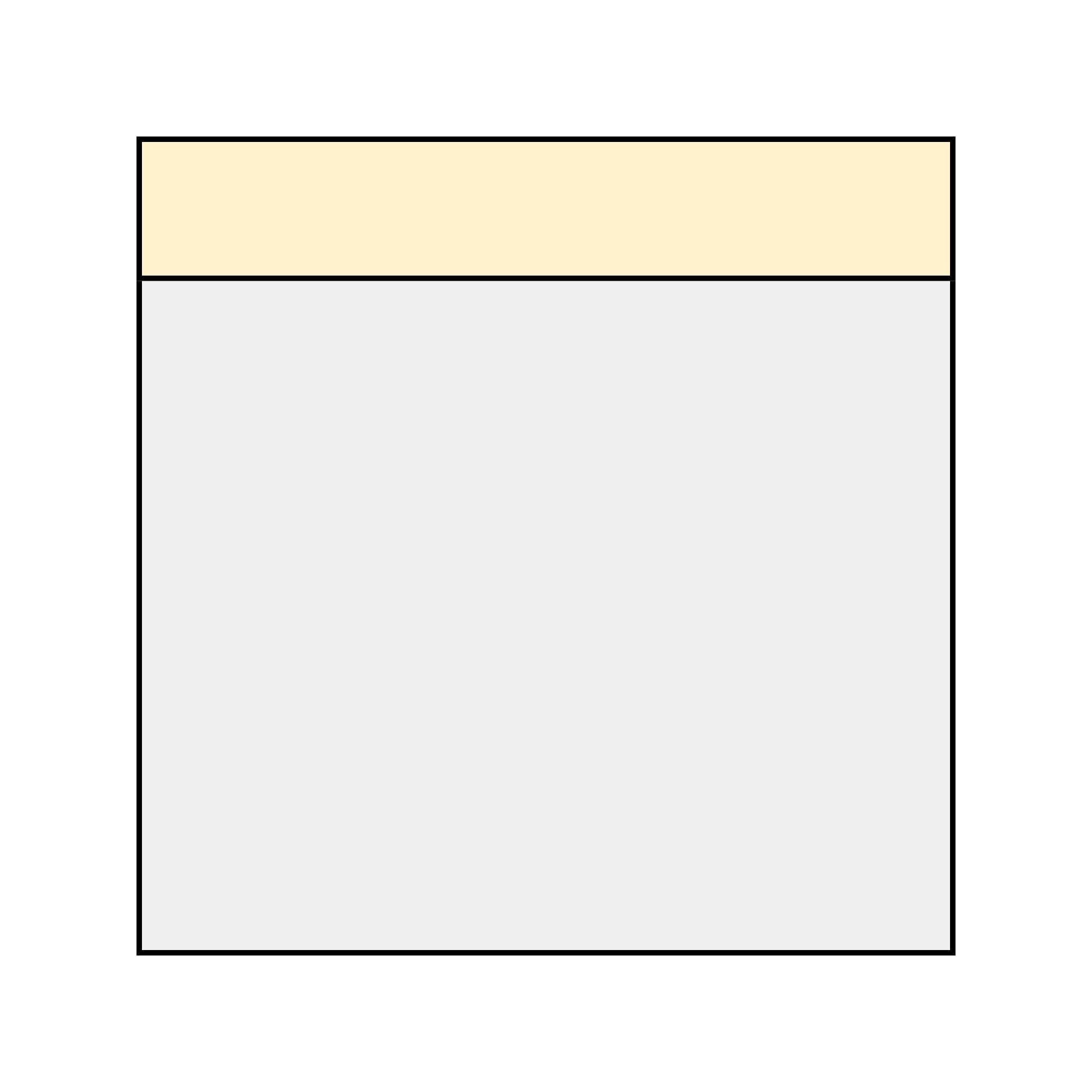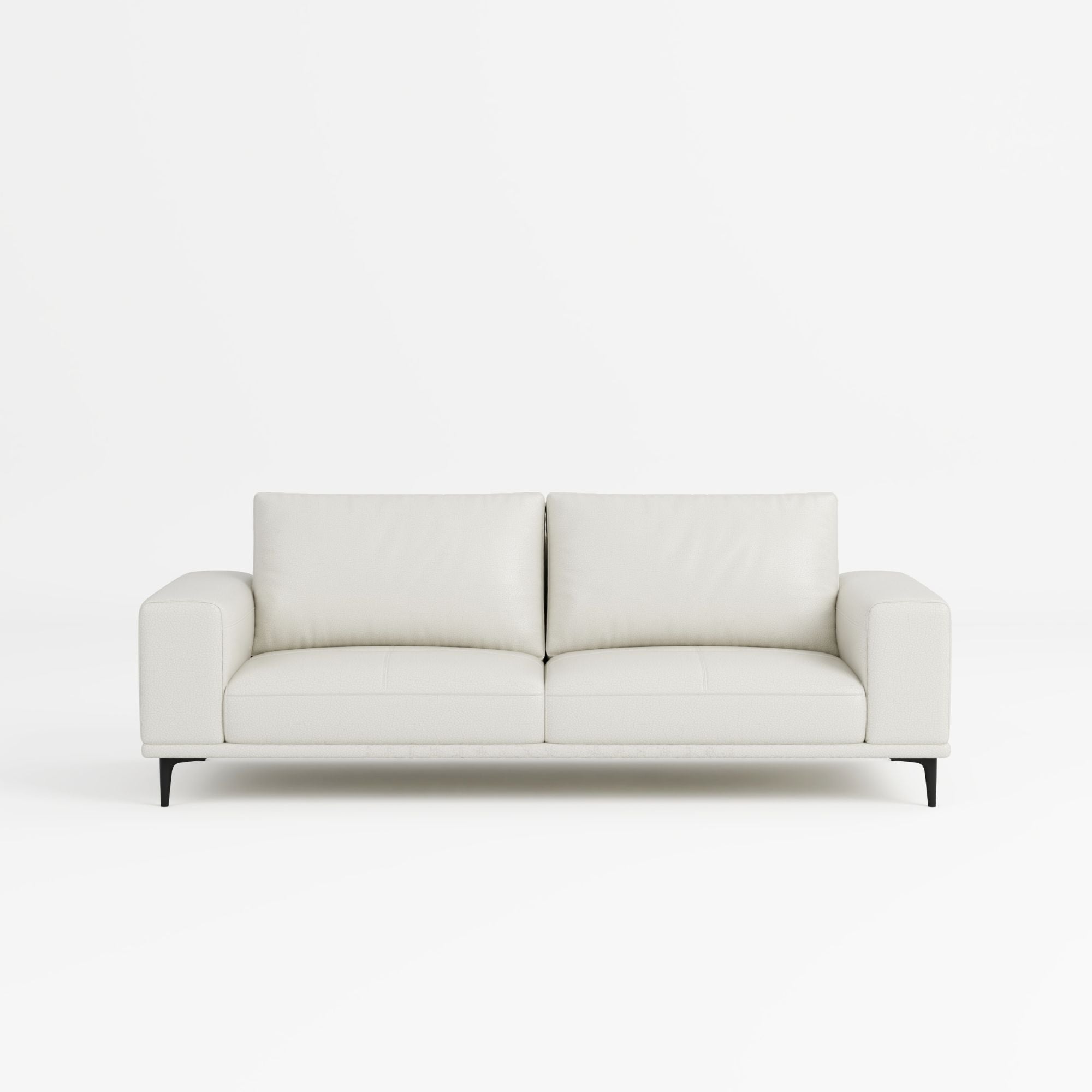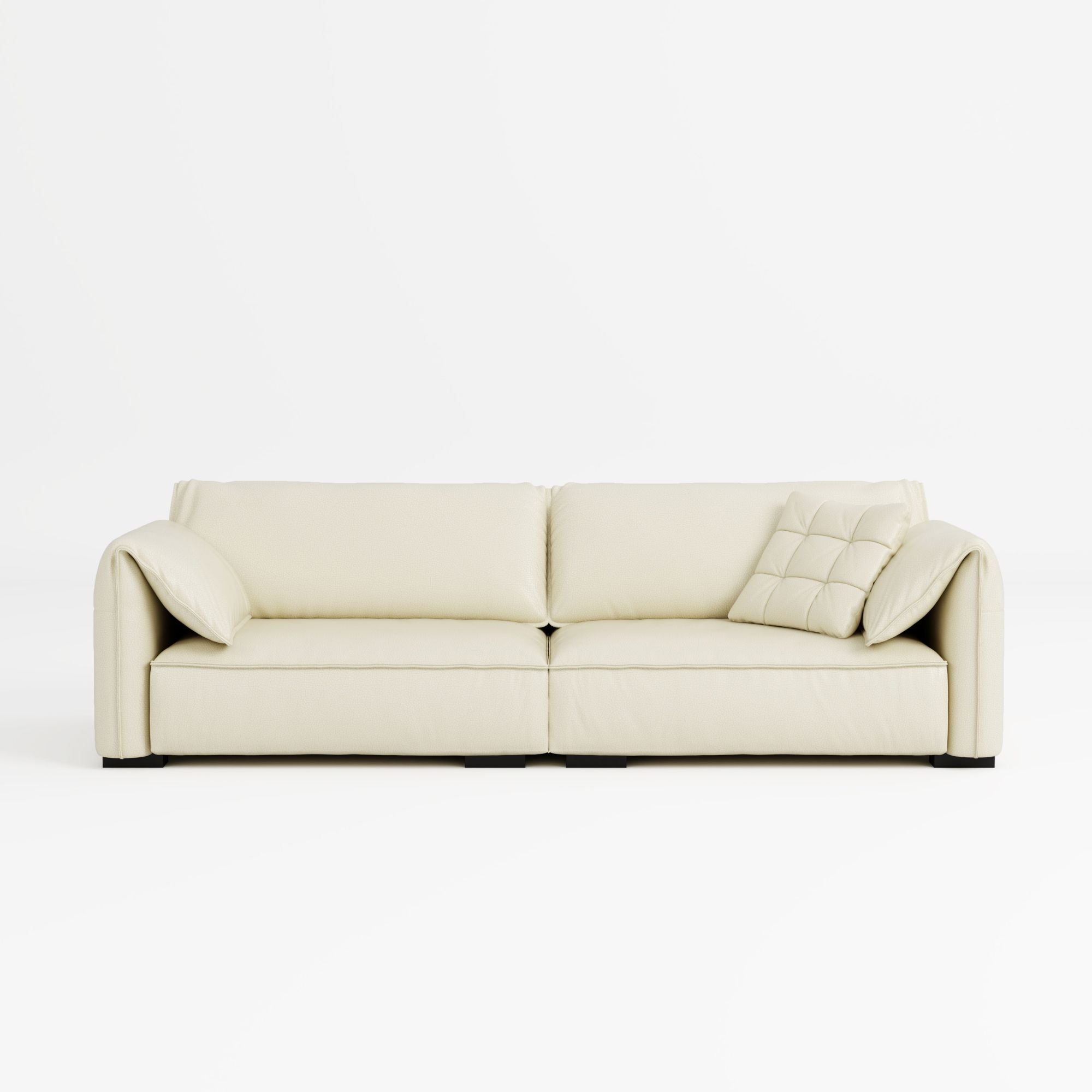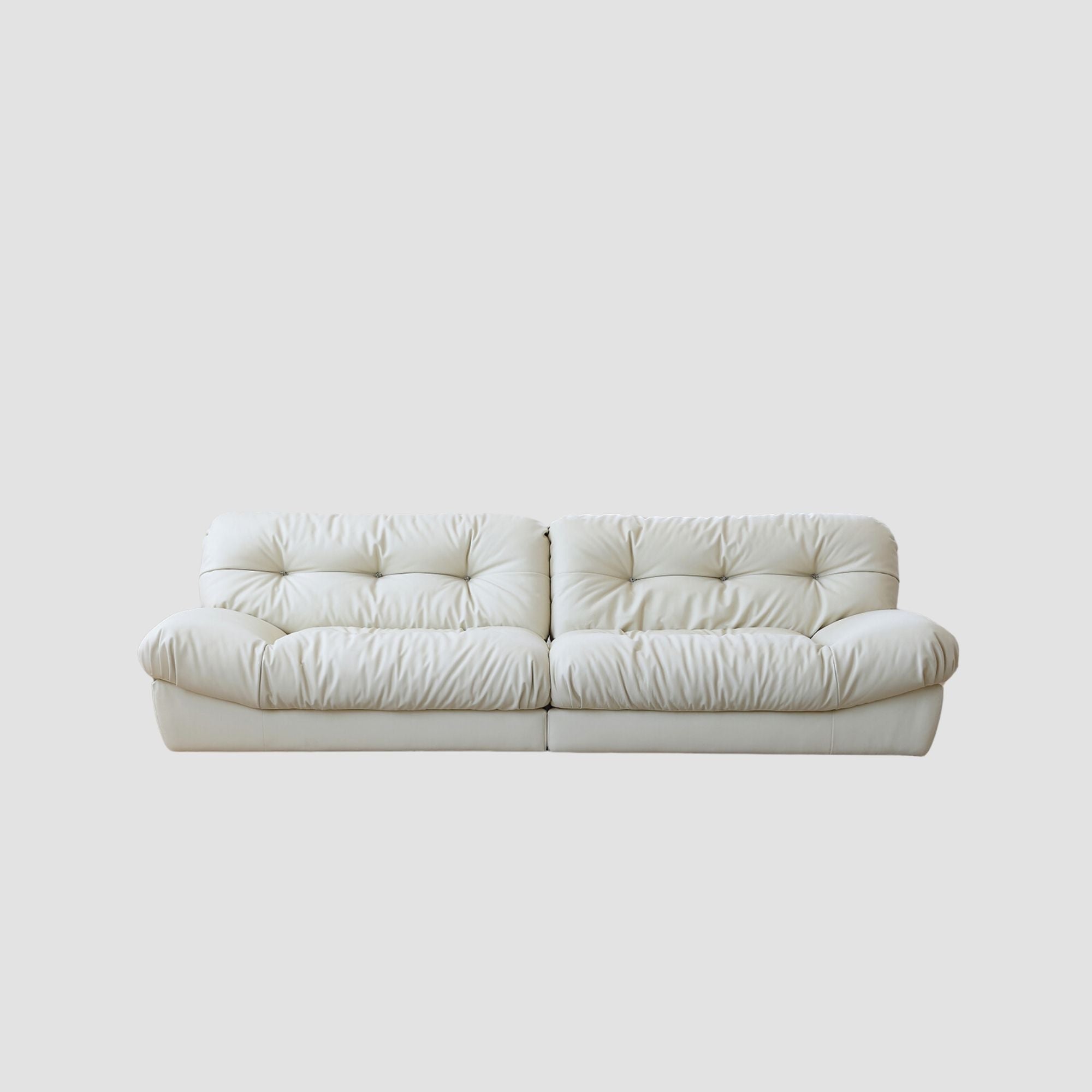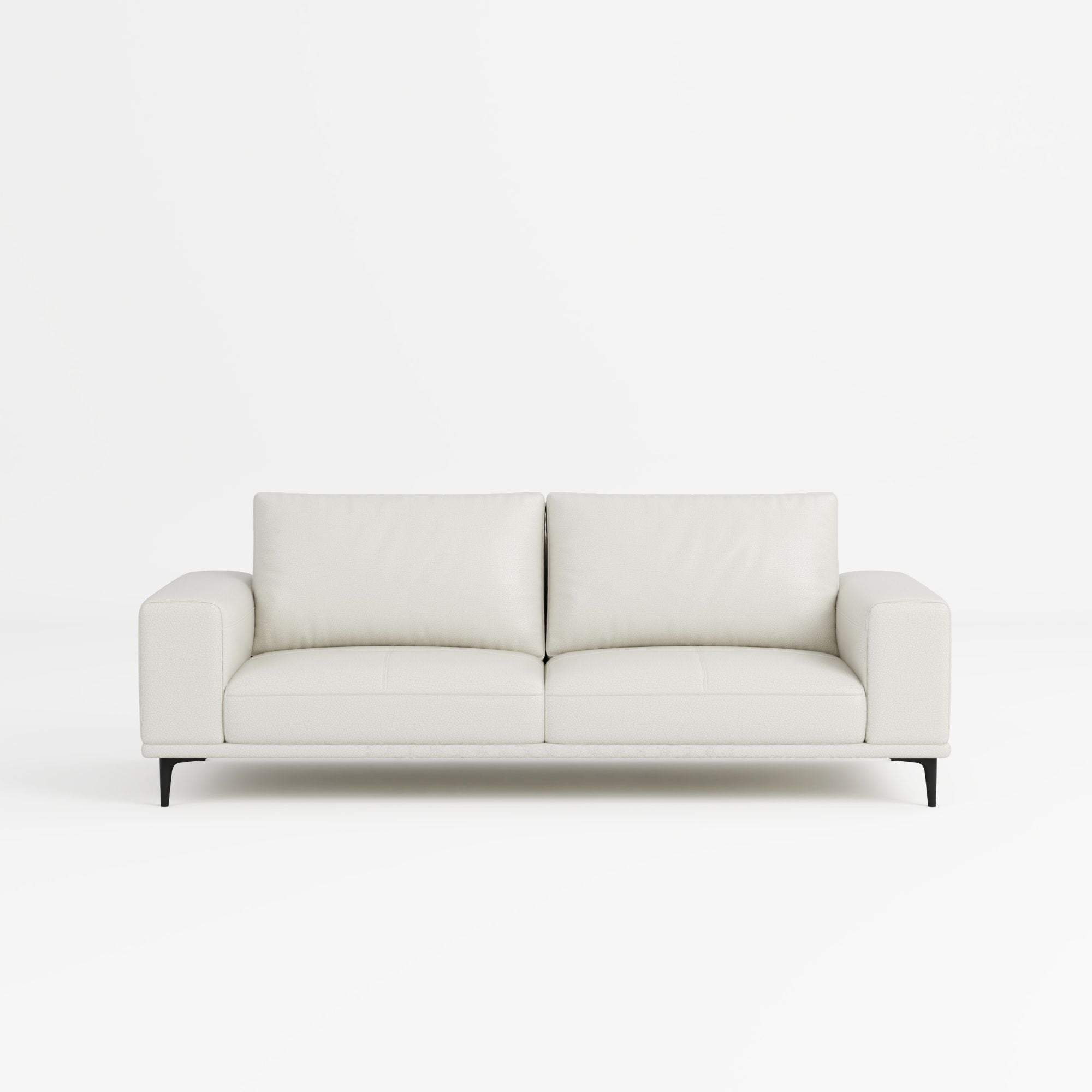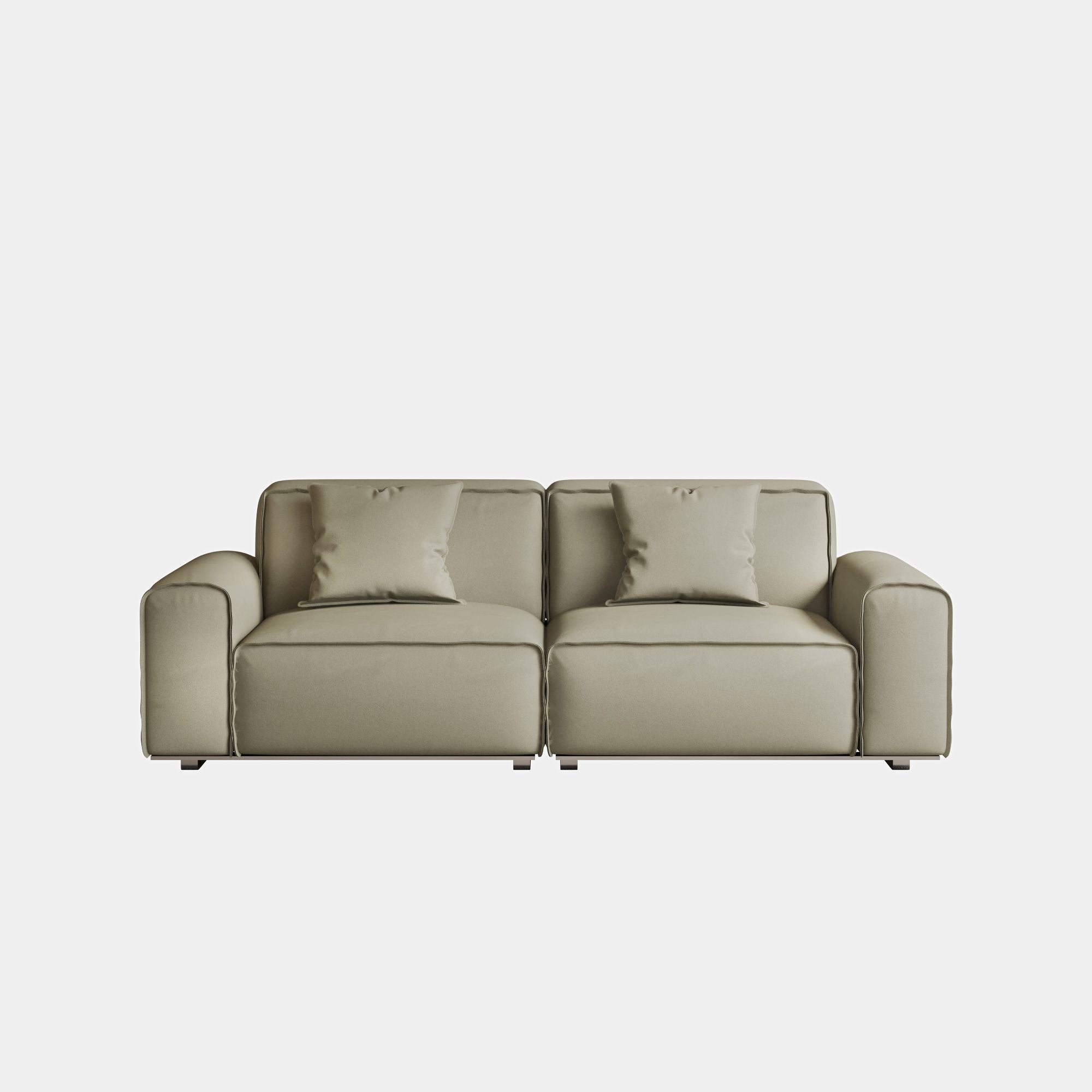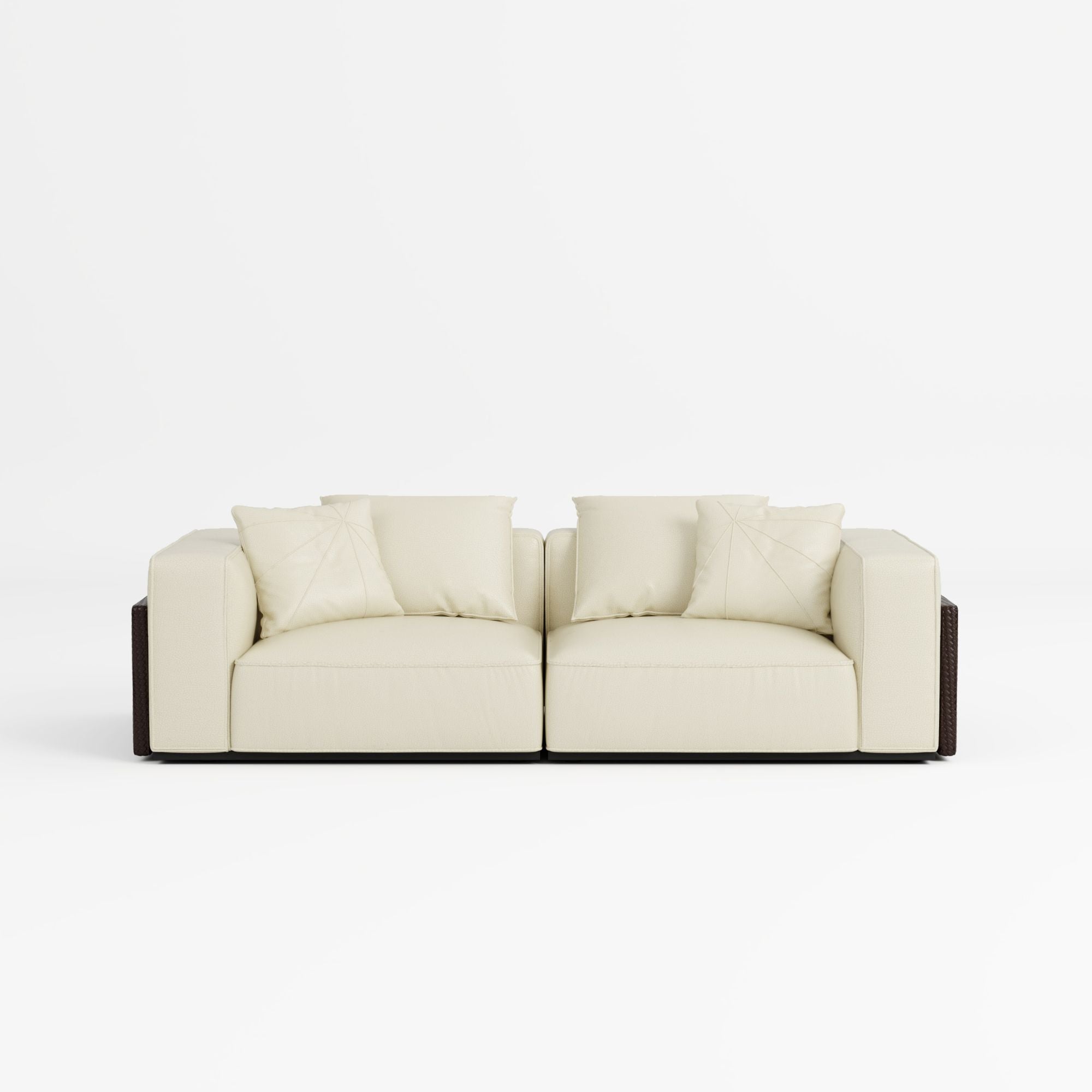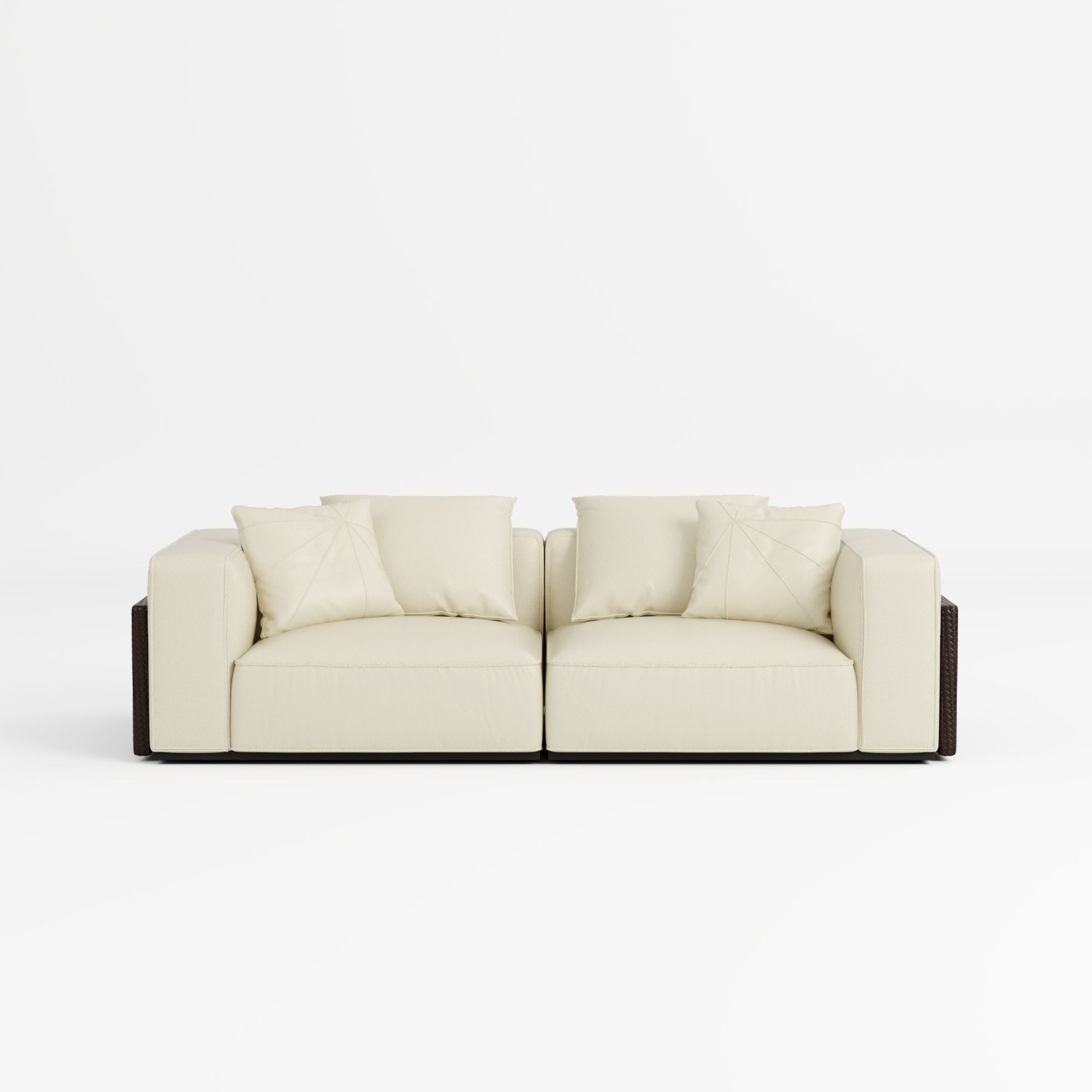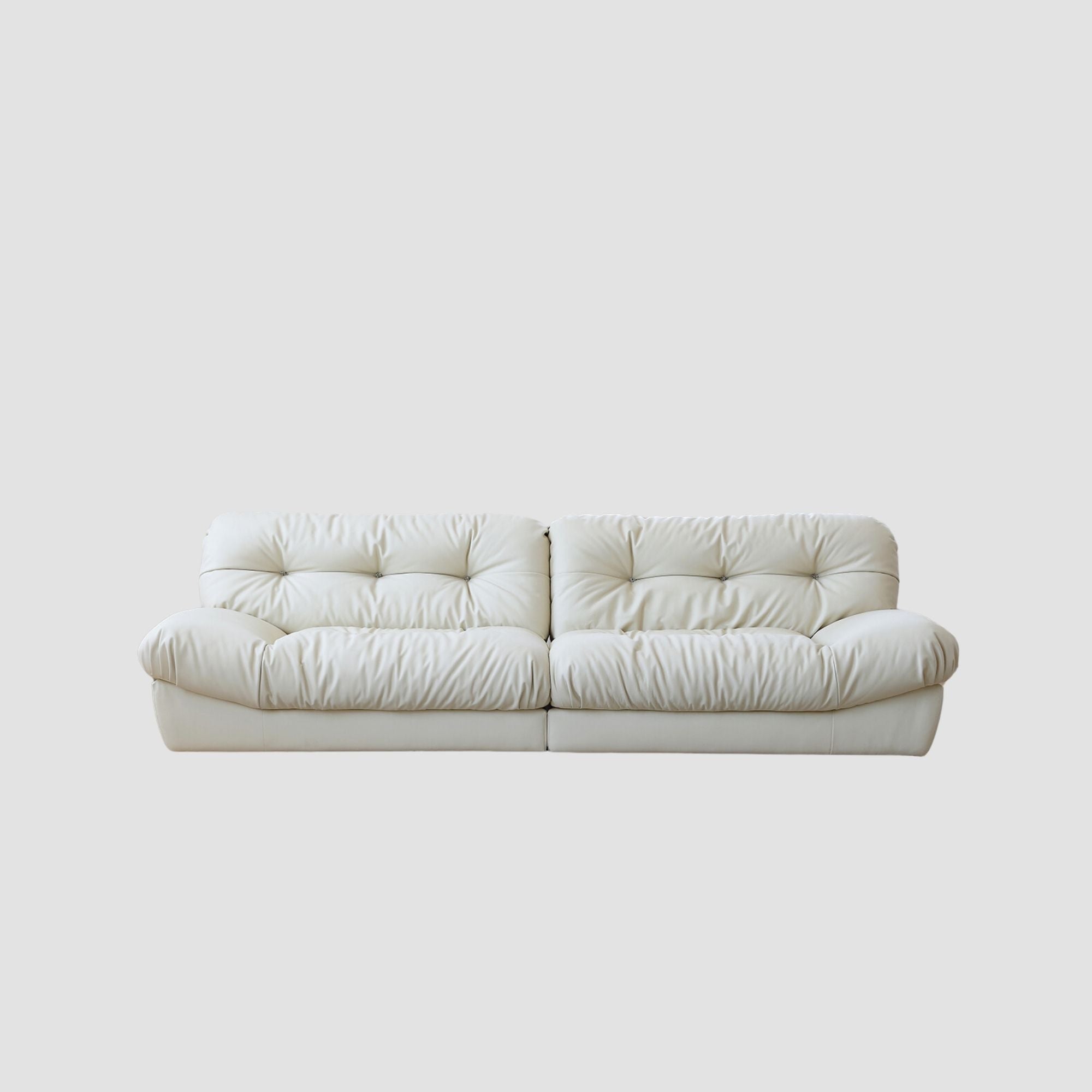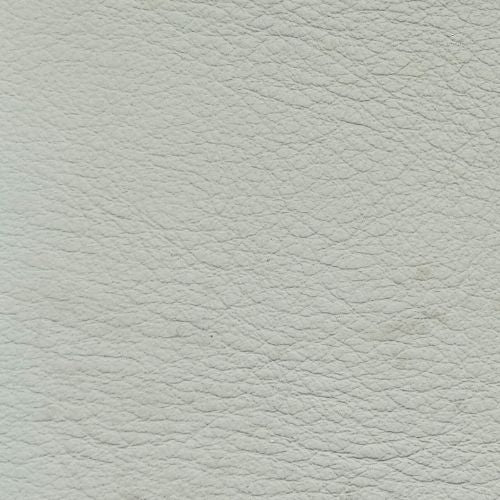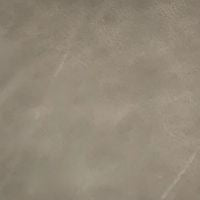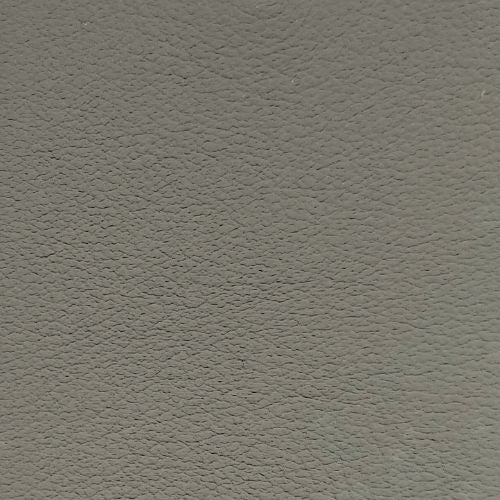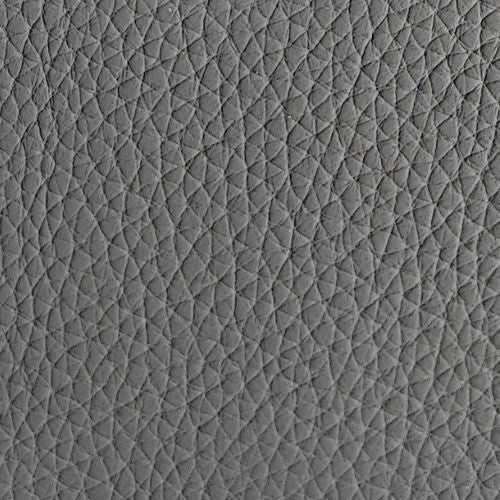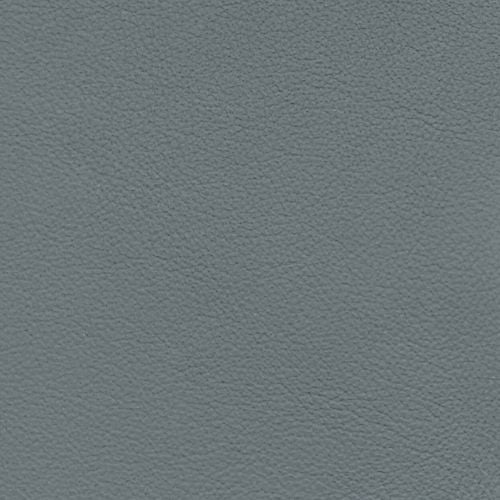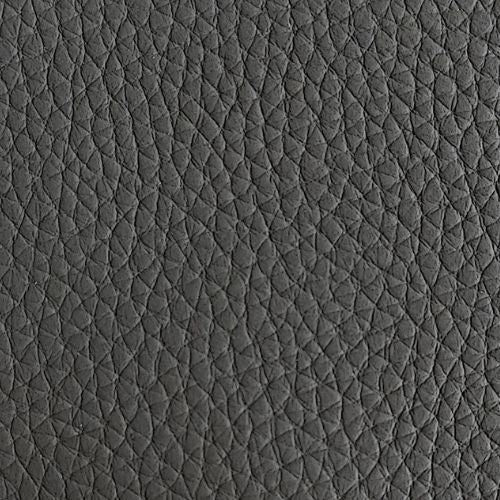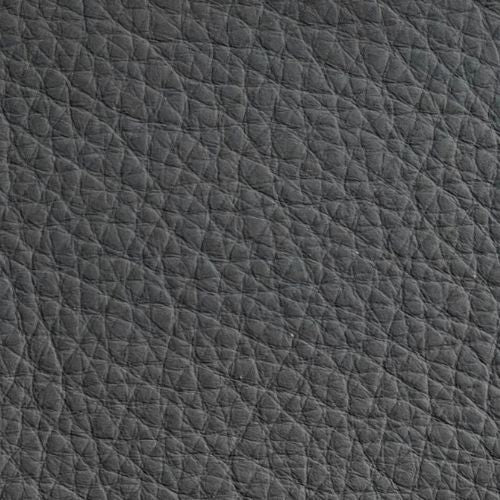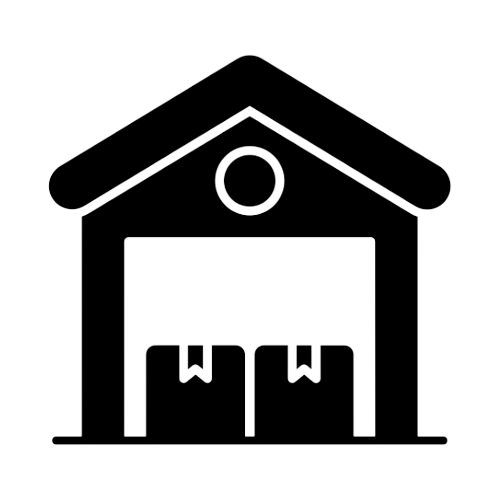Browse through some common questions that people may have. Reach out if still in doubt!
Guide
What is considered a deep seat sofa and is it right for me?
A deep seat sofa typically has a seat depth of 56 cm or more from the front edge to the back cushion. This allows for a more relaxed, lounge-friendly seating position, as it gives ample room to sit back and stretch out your legs. Standard seat depths are usually between 45 to 56 cm, so anything beyond this is considered deep.
A deep seat sofa is great for those who prioritise comfort and want a sofa suitable for lounging. It works especially well for taller individuals who need more seat depth to sit comfortably. If you have a larger living area and like to relax or entertain guests, a deep seat sofa can be an excellent choice.
While deep seat sofas are great for comfort, they might not be ideal for smaller rooms, as they can take up more floor space. They may also feel too deep for shorter individuals, making it difficult to sit upright with feet touching the floor. Additionally, if you prefer more formal or upright seating, a deep seat sofa might not provide the support you’re looking for.
Is assembly required for your sofas?
Yes, our sofas require some assembly at the customer's place.
This usually involves attaching the legs or connecting different sofa modules.
This set up helps facilitate transportation through narrow spaces like lifts or corridors.
What is the difference between a sofa, couch, and settee?
The terms "sofa," "couch," and "settee" have different origins:
- Sofa comes from the Arabic word ṣuffah, meaning a wooden bench covered with cushions.
- Couch comes from the French word coucher, meaning to lie down, emphasizing comfort.
- Settee has British roots and traditionally refers to a long seat with a backrest for more formal settings.
Today, these terms are often used interchangeably to describe the same type of furniture — your sofa can now also mean my couch.
What is the overall width for a 5 seater sofa?
A 5 seater sofa typically measures over 300cm in width.
This spacious design offers ample seating for five individuals, making it ideal for larger living areas.
What type of leathers do you offer?
We use top grain leathers with both matte and glossy finishes for our leather sofas.
- Matte finish: Ideal for casual or modern interiors, matte finishes offer a soft, understated look. They're great for spaces where minimalism or a more natural feel is desired.
- Glossy finish: Best suited for formal or contemporary settings, a glossy finish adds a touch of luxury and sophistication. It reflects light and can make a bold statement in more refined or elegant interiors.
What is the difference between a half leather and full leather?
The difference between half leather and full leather lies in the material coverage and cost. Full leather sofas are entirely upholstered in genuine leather on all visible areas, including the seat, back, and sides. This option offers a consistent, high-quality leather feel and is more durable, as leather resists wear over time better than synthetic materials. However, this durability and premium look come at a higher cost since genuine leather is used throughout.
Half leather, on the other hand, combines genuine leather on high-contact areas like the seat cushions, armrests, and backrest with synthetic materials on less-visible parts, such as the sides and back. This option provides the look and feel of leather where it matters most while remaining more budget-friendly. Although half leather may require a mix of care routines—leather conditioning for the seating areas and basic cleaning for synthetic sections—it is an economical choice for those seeking a leather appearance without the full expense.
Choosing between the two often depends on your preference for durability, uniformity, and budget.
How to choose what leather to use?
When choosing real leather, consider the following:
- Finish: Decide whether a matte or glossy finish best suits your home’s style. Matte leather offers a more relaxed, understated look, while glossy leather provides a sleek, modern edge, adding a touch of sophistication to your space.
- Grain pattern and colour: Select a grain pattern (fine or textured) that complements the aesthetic of your space. Choose a colour that aligns with your existing color scheme for a cohesive design.
Should I choose leather with fine grain or textured grain patterns?
The grain patterns on leather are created through different embossing techniques. When choosing, consider:
- Durability: Textured grains tend to hide wear and tear better, making them more durable over time.
- Touch: Fine-grained leather feels smoother, while textured leather can provide a more tactile experience.
- Style: Fine grains are often associated with sleek, contemporary looks, while textured grains give off a more rugged or vintage appearance.
How to maintain leather overtime?
To keep your leather sofa looking its best, follow these tips:
- Prevention: Protect your sofa from direct sunlight to prevent fading, and avoid placing it near heat sources to keep the leather from drying out.
- Maintenance: Regularly dust and wipe your sofa with a soft, damp cloth. From time to time, use a leather conditioner to keep the material supple and to prevent cracking.
What is the difference between full grain leather, top grain leather, genuine leather, nappa leather and aniline leather?
- Genuine Leather: Refers to any leather made from cowhide, typically lower grade than full grain or top grain.
- Full Grain Leather: The highest quality, it includes the entire grain layer, which is more durable and develops a natural patina over time.
- Top Grain Leather: Slightly less natural than full grain, top grain has the top layer sanded and treated, offering a more uniform appearance.
- Corrected Leather: A heavily treated leather that undergoes sanding and embossing to remove imperfections, often used for more uniform finishes.
- Nappa Leather: Known for its soft, supple texture, Nappa is usually made from top grain hides of lamb, sheep, or cow, and is often left minimally treated.
- Pigmented Leather: This leather is coated with a protective layer of pigment, which makes it more resistant to stains and fading.
- Aniline Leather: Treated with soluble dyes that penetrate the leather without covering the surface, aniline leather retains its natural texture but is more prone to wear.
What is the benefit of choosing grey sofas?
Grey sofas offer a sleek, modern, and timeless look. The colour grey is often associated with balance, sophistication, and neutrality, making it a versatile choice for various interiors.
Grey can serve as an elegant backdrop for other colours, or it can stand out as a statement piece, depending on the shade and surrounding decor.
What design styles work well with grey?
Grey sofas blend seamlessly into a wide range of design styles, including:
- Modern and Minimalist: Light greys enhance the clean, understated look of modern and minimalist interiors.
- Industrial: Dark grey or charcoal tones complement the raw, edgy elements of industrial design.
- Traditional: Softer grey tones work beautifully in classic, traditional spaces, especially when paired with rich textiles and patterns.
- Scandinavian: Light grey sofas are a perfect match for Scandinavian decor, which emphasises simplicity, natural light, and a calm atmosphere.
What cushions work well with grey sofas?
Cushions in soft tones like white, cream, or blush pink offer a gentle contrast to grey sofas, creating a light and airy feel.
For more vibrant options, mustard yellow, navy blue, or teal can add depth and a pop of colour.
Metallic accents in silver or gold can also enhance the modern, luxurious feel of a grey sofa.
What rugs work well with grey sofas?
Neutral rugs in shades of white, light grey, or cream provide a cohesive look with grey sofas.
Textured or patterned rugs, such as geometric or abstract designs, can add visual interest to the room.
If you prefer a more natural feel, rugs made of jute or wool can complement the simplicity of a grey sofa.
What wall colour work well with grey sofas?
Neutral wall colours such as soft white, light grey, or beige create a seamless, calming backdrop for grey sofas.
For a more dramatic effect, deeper shades like charcoal or navy blue can contrast well with light grey sofas.
Alternatively, warm tones such as taupe or greige (a blend of grey and beige) can bring a sense of warmth and balance.
What if I couldn’t find the shade of grey such as taupe or light grey that I need?
If you're unable to find the specific shade of grey you're looking for, such as taupe or light grey, please contact us with a sample of the material you’d like to customise.
Whether it’s fabric or leather, we will coordinate with our supplier base to find a similar upholstery material for you.
